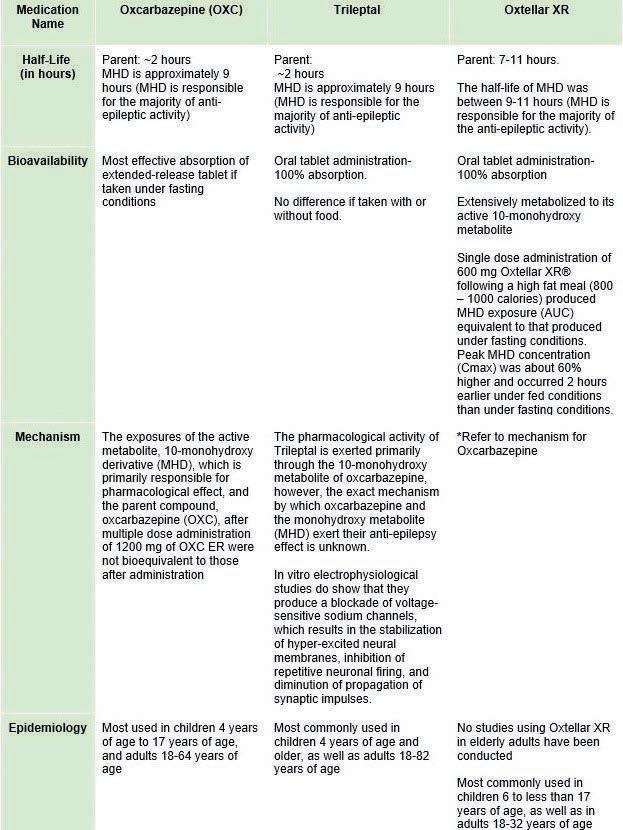Scholarly Research In Progress • Vol. 5, November 2021
The Changing Use of Opioids in the U.S. from 2017 to Early 2020 Rachel Gifeisman1†‡, Aneesha Morris1†‡, Bianca Sanchez1†‡, Kenneth L McCall2, and Brian J Piper1,3 ¹Geisinger Commonwealth School of Medicine, Scranton PA 18509 ²Department of Pharmacy Practice, University of New England, Portland, ME 04103 3 Center for Pharmacy Innovation and Outcomes, Geisinger Precision Health Center, Forty Fort, PA 18704 † Doctor of Medicine Program ‡ Authors contributed equally Correspondence: rgifeisman@som.geisinger.edu
Abstract Background: The U.S. has been experiencing an opioid epidemic for over 3 decades, with previous data showing that prescription opioid use had been decreasing from 2006 to 2016. The COVID-19 pandemic has been a large disturbance in American health care, and public health scientists are curious if it will impact the opioid epidemic. This study provided a nationwide examination of opioid prescription trends in the 2 years leading up to the pandemic and in the first 2 quarters during it. Methods: Data were acquired from the U.S. Drug Enforcement Administration Automation of Reports and Consolidated Orders System (ARCOS) for 2017 through Q1 and Q2 of 2020. Analysis included amounts by mass of 10 opioids legally dispensed nationwide. Data were converted to morphine milligram equivalents per person, values for all 10 opioids were summed, and percent change between each of the consecutive years was calculated. Results: While total opioid prescription decreased from 2017 to 2018 (- 6.1%) and 2018 to 2019 (-2.1%), it increased from Q1 of 2019 to Q2 of 2020 (+2.4%). A paired t-test found a significant difference between the mean percent change from 2018 to 2019 and 2019 to 2020 (p<0.0005). Out of 29 states that had been decreasing opioid prescriptions in 2018 and 2019, 19 saw an increase in 2020. Among these 19 states, those with the largest reverse in prescription pattern included Arkansas, Montana, Oklahoma, and Tennessee. Conclusion: Overall, there appears to be an increase in opioid prescription from 2019 to 2020 following a decreasing trend in previous years. More research is needed to determine whether this was due to the COVID-19 pandemic.
Introduction It quickly became evident how the COVID-19 pandemic infiltrated every facet of our lives and demonstrated the glaring faults in our health care system and way of life, targeting mostly underrepresented groups of people. This includes those suffering from opioid use disorder (OUD), as treatment clinics had to change protocols or shut down entirely in order to adhere to the pandemic guidelines. In 2018, prescription opioid deaths in America fell for the first time in 25 years, with an overall decrease in opioid prescriptions from 2018 to 2019 (1). Using the Drug Enforcement Administration’s (DEA) Automated Reports and Consolidated Ordering System (ARCOS), our data showed increasing rates of opioid prescription, particularly in Kentucky, from 2017 to 2020. It became increasingly difficult to adjust to the pandemic, especially for those struggling with addiction to comply with
their treatment programs. In conjunction with the rise in opioid prescriptions, likely attributed to the ease the discomfort of patients with acute respiratory distress syndrome (ARDS) (2), there could be a new wave of demand for opioid prescriptions to manage the potentially chronic pains the disease may induce. Additionally, the COVID-19 pandemic may have disproportionately impacted those struggling with OUD as treatment clinics shut down, enabling patients to partake in opioid consumption in unsafe, coronavirus-unfriendly environments. In turn, this study aimed to track opioid prescription trends in the U.S. in order to better understand how the COVID-19 pandemic specifically affected the treatment and abuse of pharmacological pain management.
Methods Data sources National prescription quantities of 10 opioids were obtained from the Drug Enforcement Administration’s (DEA) Automated Reports and Consolidated Ordering System (ARCOS) for 2017 through the first and second quarter (June) of 2020. The 10 opioids included were buprenorphine, codeine, fentanyl, hydrocodone, hydromorphone, meperidine, morphine, oxycodone, oxymorphone, and tapentadol. Data were collected for all 50 states and Washington D.C.; data were unavailable for the U.S. territories of Guam, Puerto Rico, American Samoa, and the Virgin Islands. ARCOS is a comprehensive drug reporting system created as a result of the 1970 Controlled Substances Act. It reports on controlled substances in Schedules I to III distributed by hospitals, pharmacies, practitioners, and narcotic treatment programs (3). ARCOS data files consist of three different reports. Report two (“grams retail drug distribution by state within drug code”) was used for analysis. Population data for each of the 50 U.S. states was obtained from the annual American Community Survey and U.S. Census Bureau and used to normalize the state prescription data acquired from ARCOS (4). This study was deemed exempt from review by the Geisinger Institutional Review Board. Data analysis The total morphine milligram equivalent (MME) was calculated (in milligrams) for each of the 10 opioids per state per quarter of each year. To account for the relative potency of each agent, MME conversions were performed with drug-specific multipliers: buprenorphine 10, codeine 0.15, fentanyl 75, hydrocodone 1, hydromorphone 4, meperidine 0.1, morphine 1, oxycodone 1.5, oxymorphone 3, tapentadol 0.4. MME values
189












































